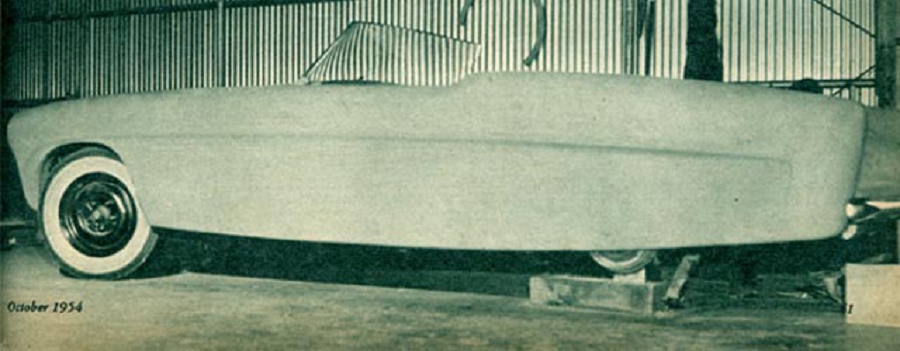
Hi Gang…
Today’s article is a result of a recent magazine find from Ray Wise – owner of Rollie Langston’s ‘50s built Byers SR-100 and avid vintage ‘glass sports car fan.
Ray recently came across a stash of cool old vintage magazines and sent some of what he found our way down here in Florida Fiberglassland. Thanks Ray!
Back in ’53, the activity at Victress Manufacturing was rising by the week. In the Fall, they had witnessed the Hellings Victress S1 complete its first movie appearance in the Tony Curtis / Piper Laurie extravaganza “Johnny Dark,” and Victress Manufacturing had just completed a week-long demonstration of how to build a fiberglass body at the Peterson Motorama.
Their “resin cup” overflowed with activity, sales, publicity, and work – these were heady times for Victress – and it didn’t stop there. Doc Boyce-Smith, Merrill Powell, and the crew at Victress were pulling out all the stops, and ready to introduce their next original design.
The Birth of the Victress S4
Traditionally, fiberglass cars were created using an original shape created out of plaster. This was time consuming, messy, and the final design was determined thru repeated measures of waiting until the plaster dried – seeing what you got – adding or deleting excess or needed plaster, and beginning the process anew. This took time and was no doubt cloudywith dust, dust, dust….
Students of traditional automotive design were schooled on using “Chavant” clay in creating their final full-size design. This was a malleable non-drying material which also had properties that made it easier when creating molds for production or further work. Click here to learn a bit more about why Chavant clay is / was used in the industry for this type of application.
Although this clay was the primary choice for car design by the big three in Detroit, it was hard to get in large quantities – and expensive too for smaller companies. This didn’t stop Victress from using this approach for their latest automotive design – the Victress S4 by Hugh Jorgensen. Doc Boyce-Smith and Merrill Powell were creating a company that was going to use traditional methods and not just “out jag the Jaguar” with the S1 design – but match the big boys in Detroit with their method of design too.
Everything seemed possible back in ’54 for Victress Manufacturing….
The article below is a window into the process of creating a final design in clay. Just a few other fiberglass companies used this approach, and one of these was Grantham Stardust of Hollywood California. But….the majority of fiberglass sports car builders used the traditional plaster process in creating a final “plug” for their design.
Let’s take a look at what Motor Trend had to say in the Fall of ’54 about this process, and how Victress accomplished building their initial prototype design in clay. The story begins with a short introduction, but then switches to a “photo story” using 16 photos and captions to illustrate the process. This is indeed a window into the past, so review, read, and enjoy today’s story about the birth of the Victress S4.
A Car Is Born…
Motor Trend: October 1954
A Photo Story By E. Pat Brollier
Setting up a Fiberglass mold is no mean job in itself, but it pales beside the work that goes before. Here is how.
Many backyard builders can tell you of the backaches, bankaches, and headaches that go hand-in-hand with building a car; be it metal or plastic, it seems there are always problems. But now, with ready-built fiberglass bodies available, a lot of waning enthusiasm has been restored to the devotees.
Don’t think the manufacturer has only taken over your problems in building a new car; even before he gets his hands into a fast-hardening concoction of glass fiber, cloth, and resin, he has to go through the time-consuming and costly procedure shown here – the birth of a prototype.
When “Doc” Boyce-Smith and Merrill Powell of the Victress Manufacturing Company (a North Hollywood, California firm) got together with designer Hugh Jorgensen for a tete-a-tete over a new car, the particularly attractive outcome – the Victress S4 body – appealed to a lot of at-home builders, most of whom appreciated the work that went into the fiberglass bodies. But here’s the story even a lot of Victress fanciers didn’t know – the story behind the story of a fiberglass car.
Summary:
In the near future, I’ll review Merrill Powell’s thoughts on the production of the clay-based Victress S4 “plug” back in ’54. As I recall, this was an adventure in itself, during the golden era of original body designs in fiberglass – back in the exciting times of the 1950’s.
Hope you enjoyed the story, and until next time…
Glass on gang…
Geoff
——————————————————————-
Click on the Images Below to View Larger Pictures
——————————————————————-
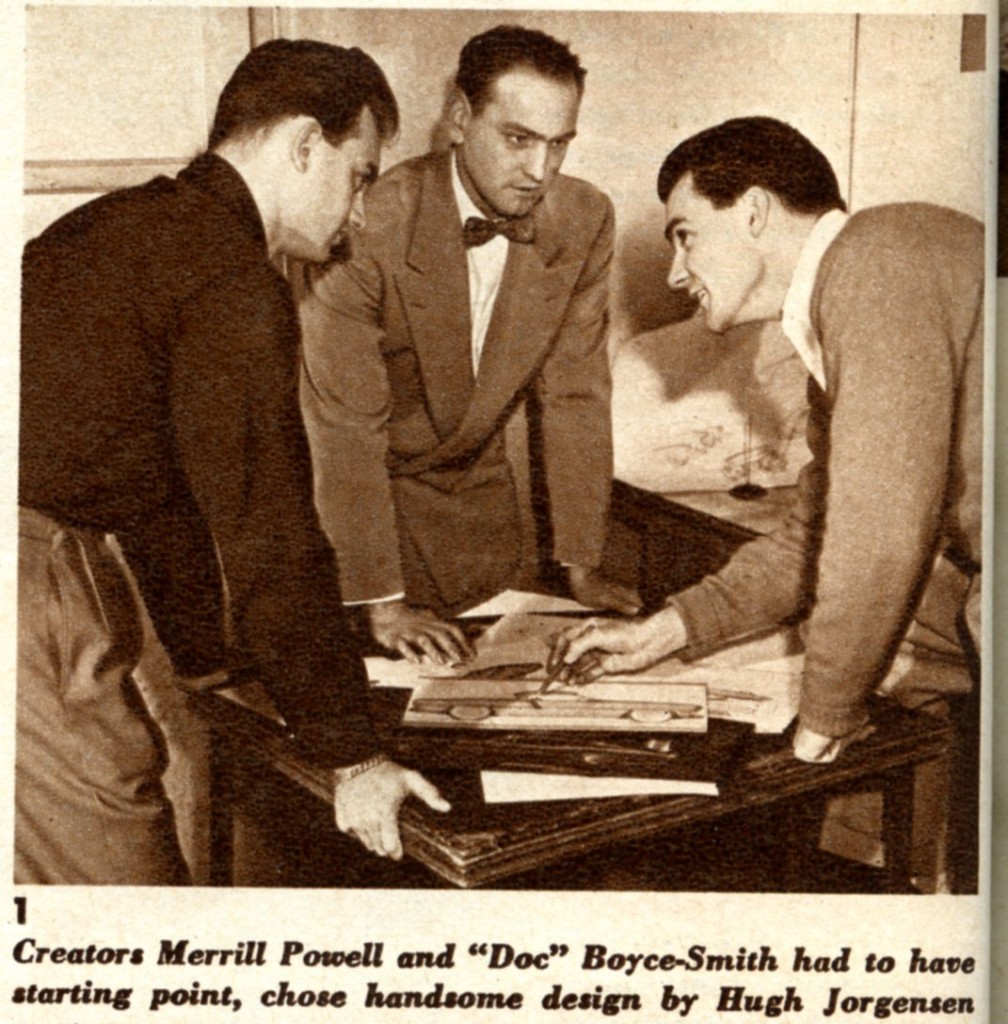
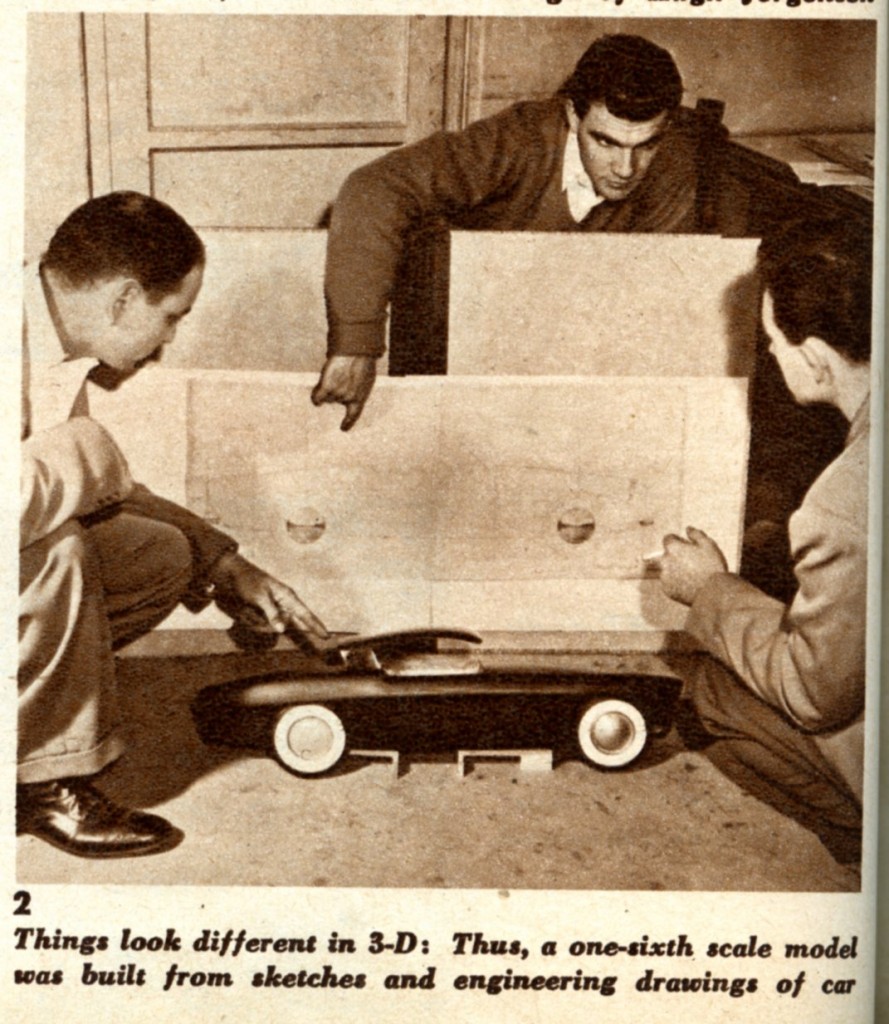
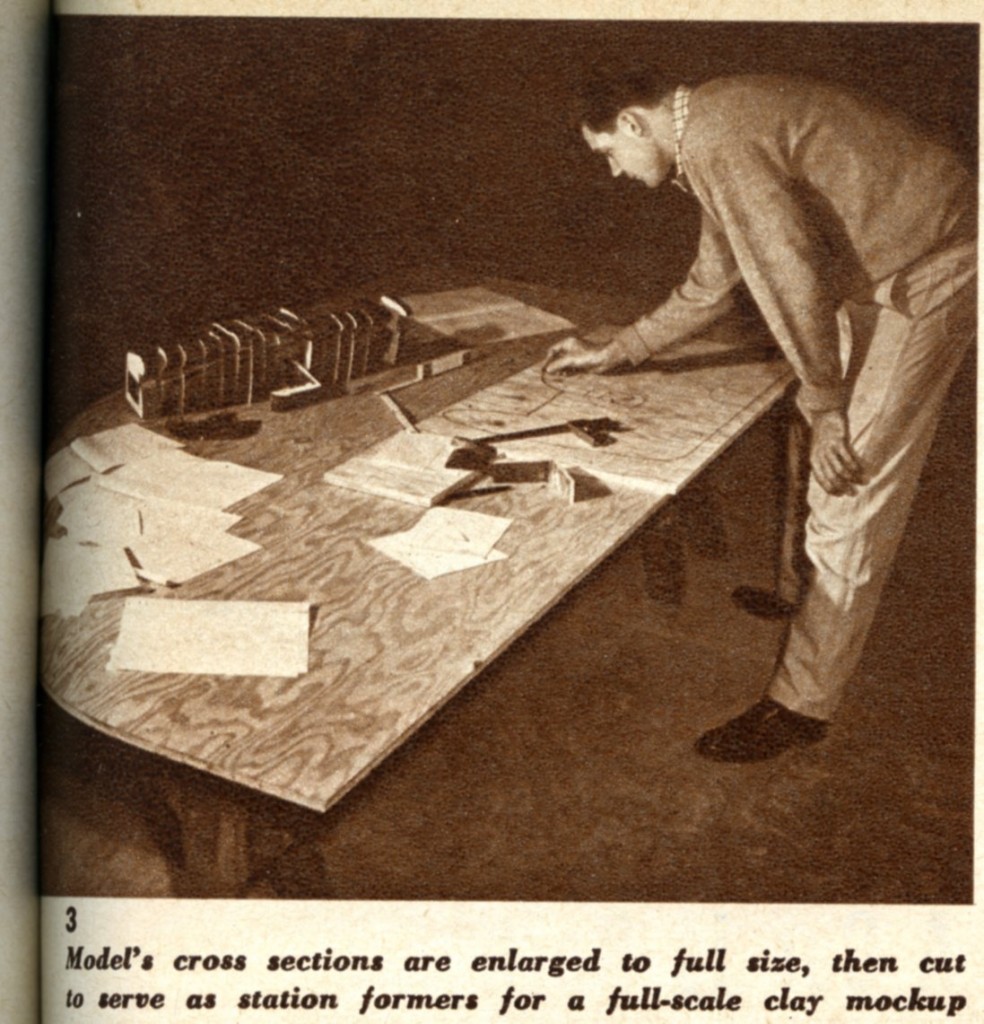
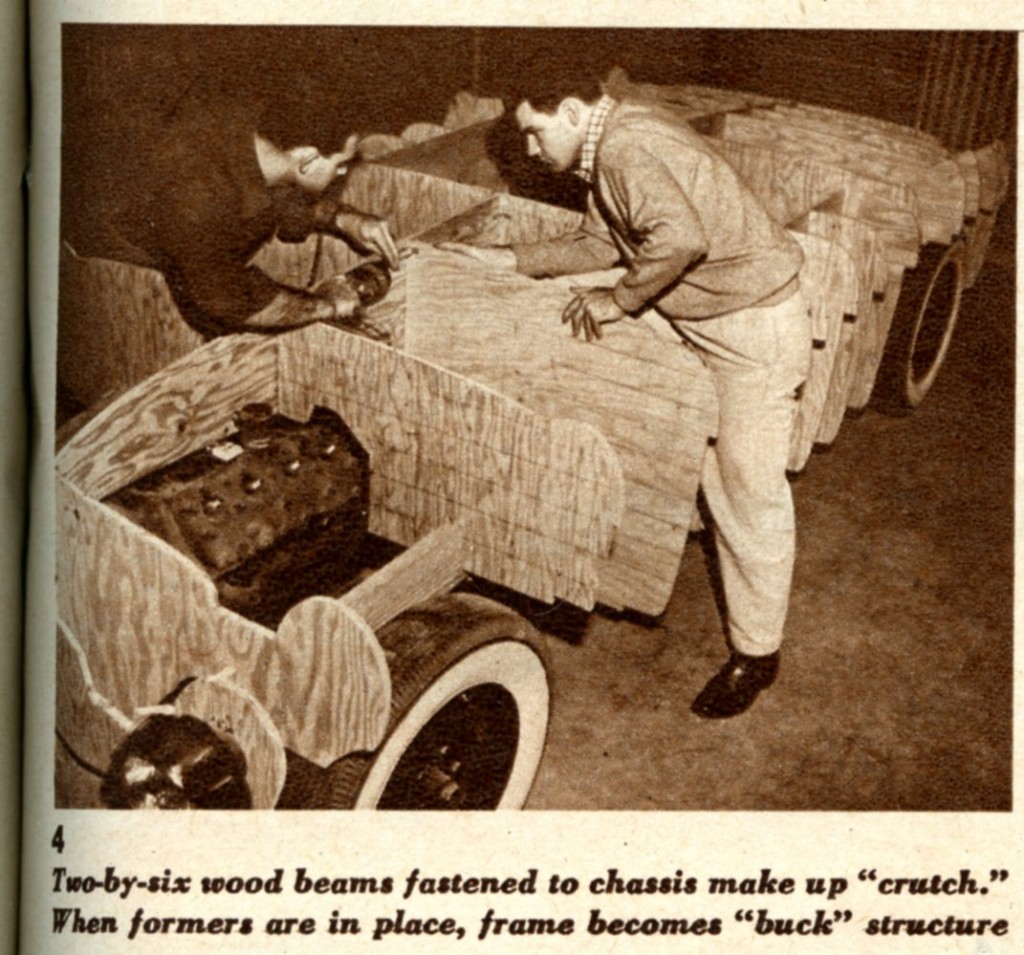
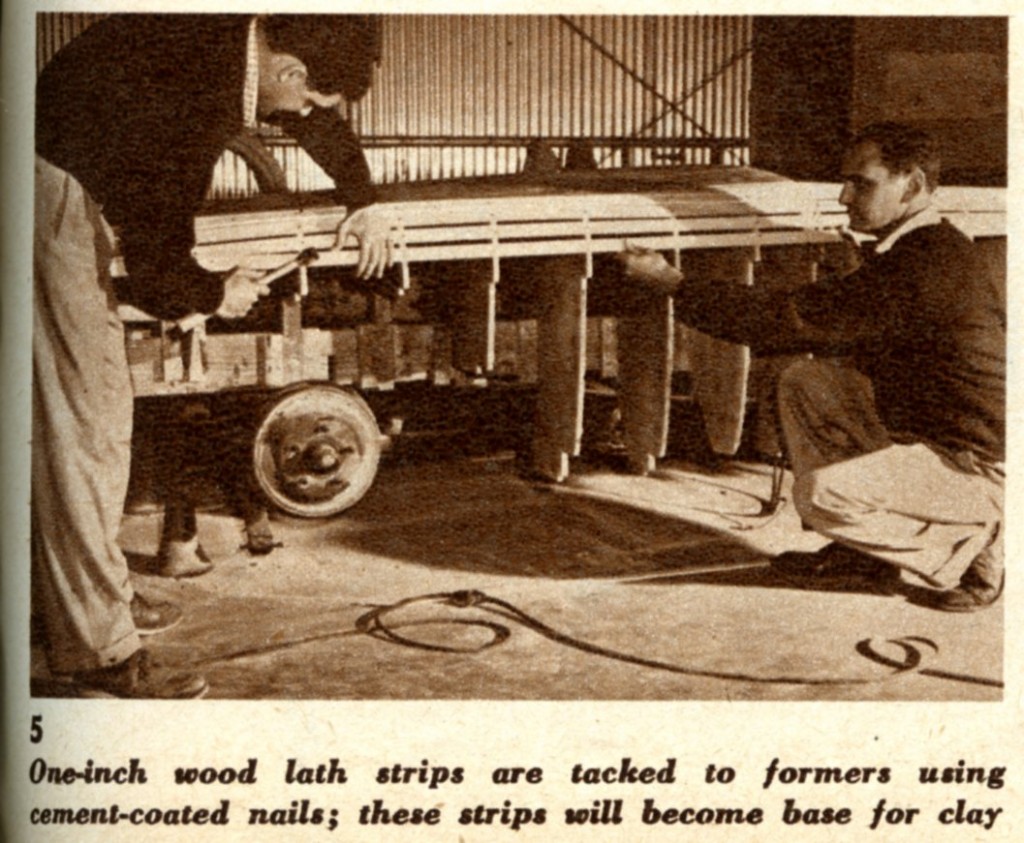
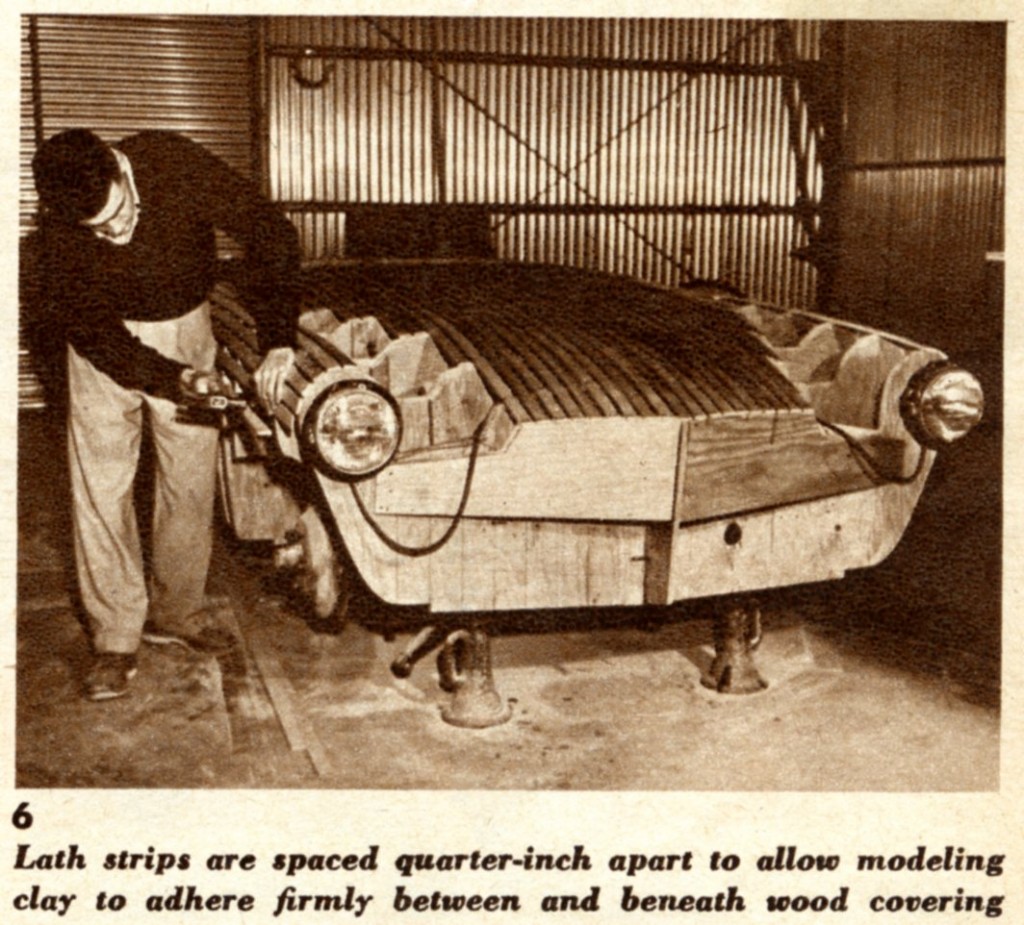
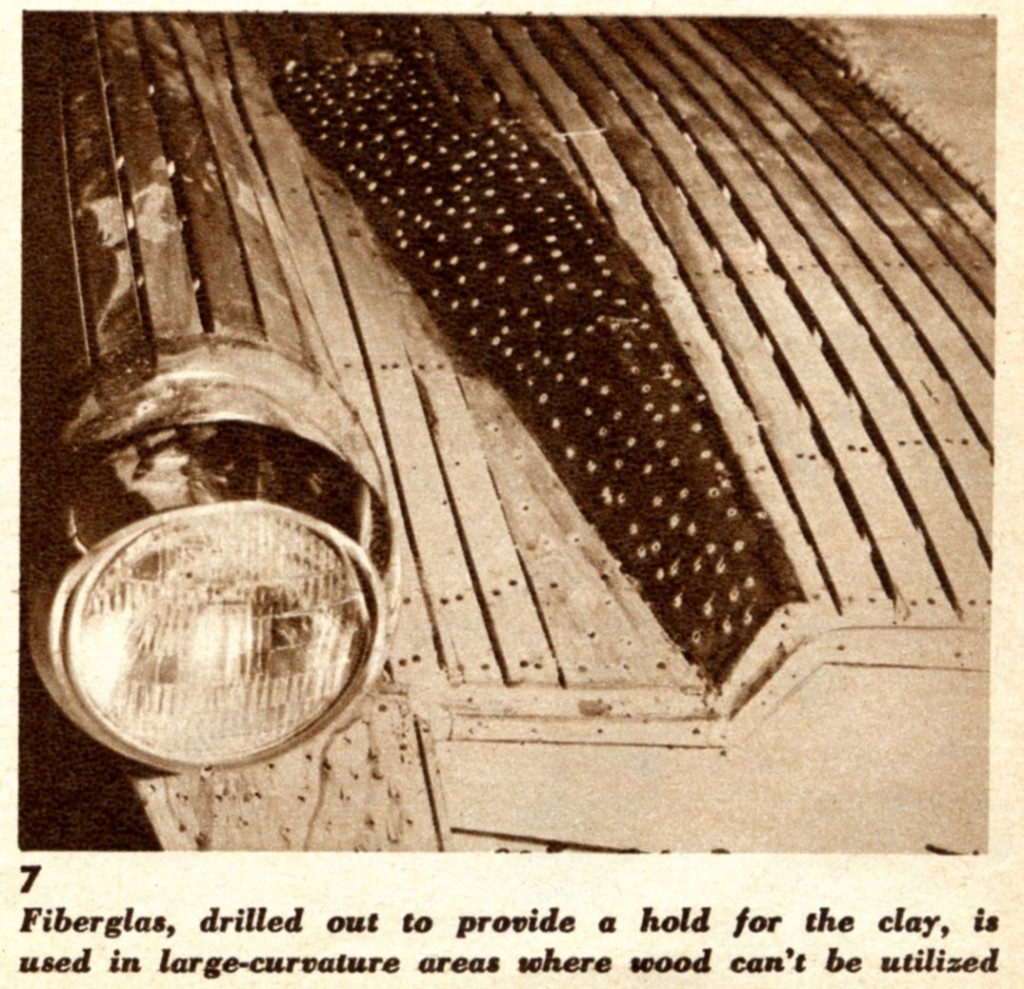
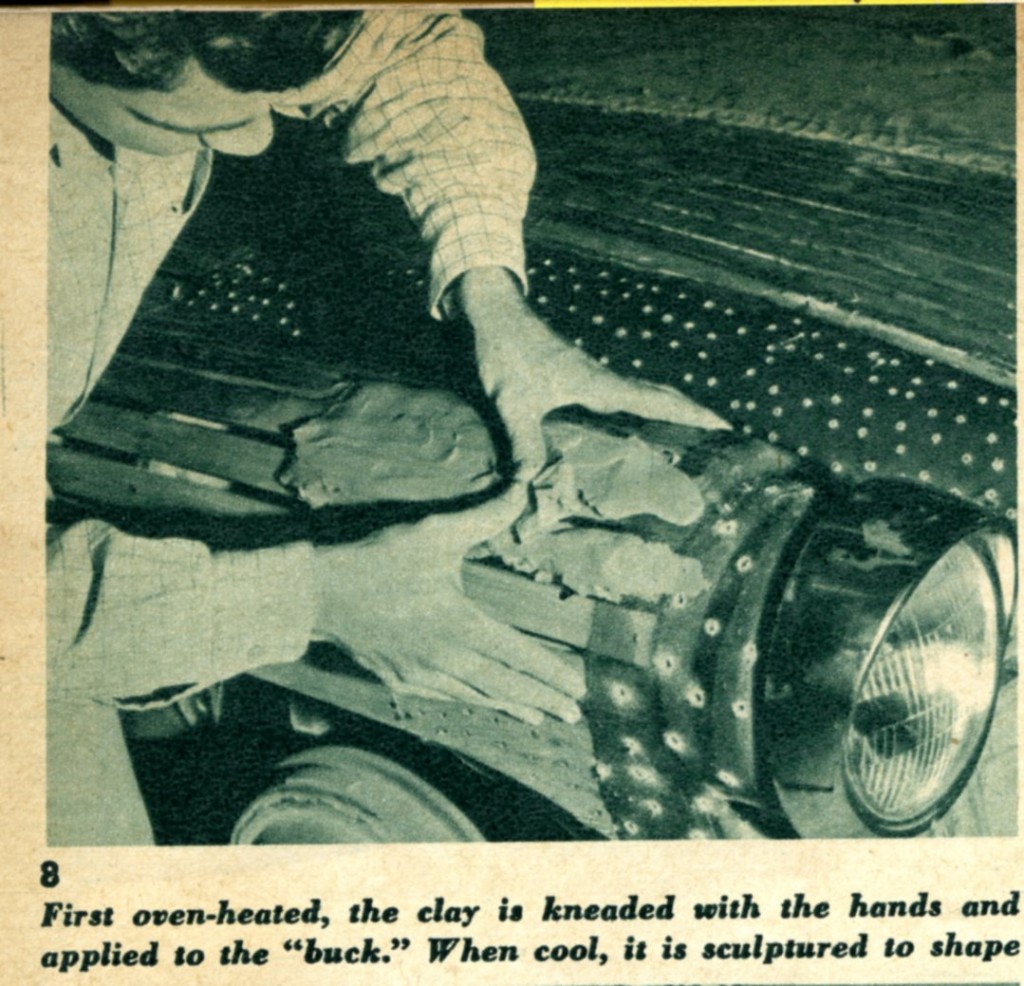
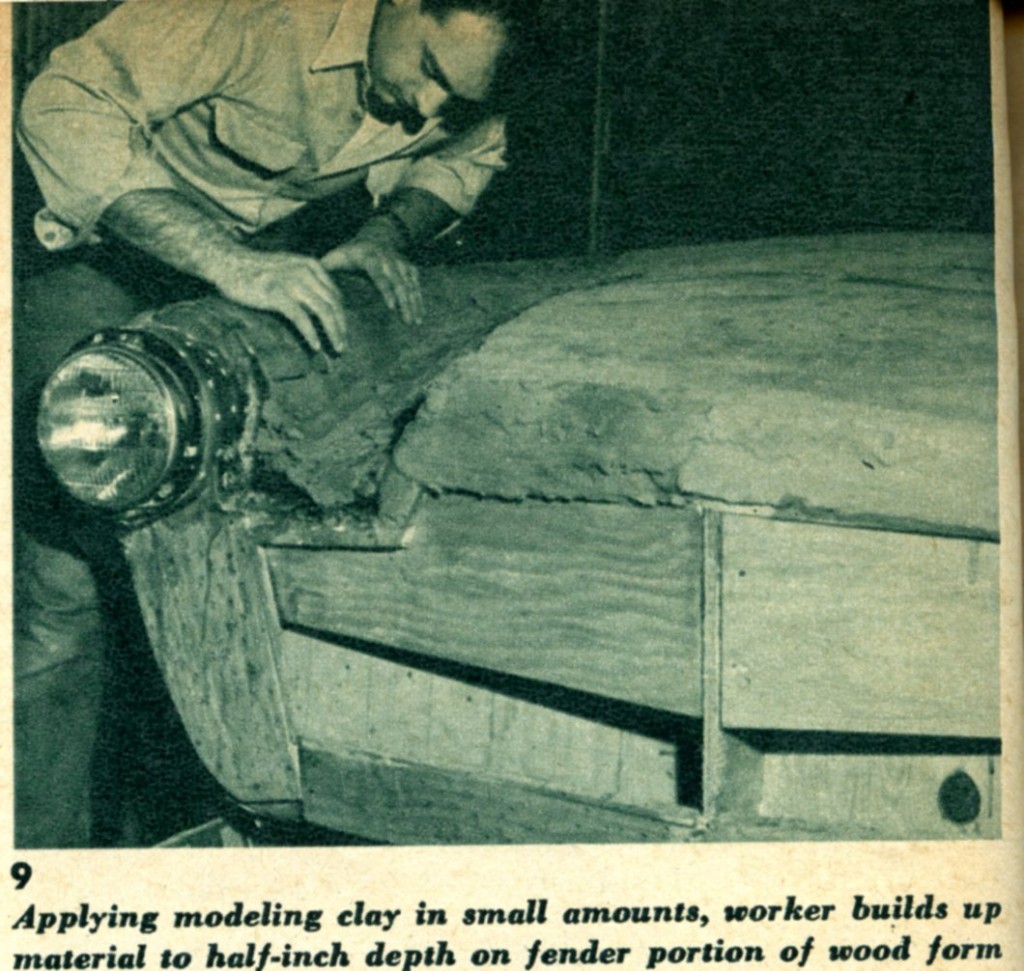
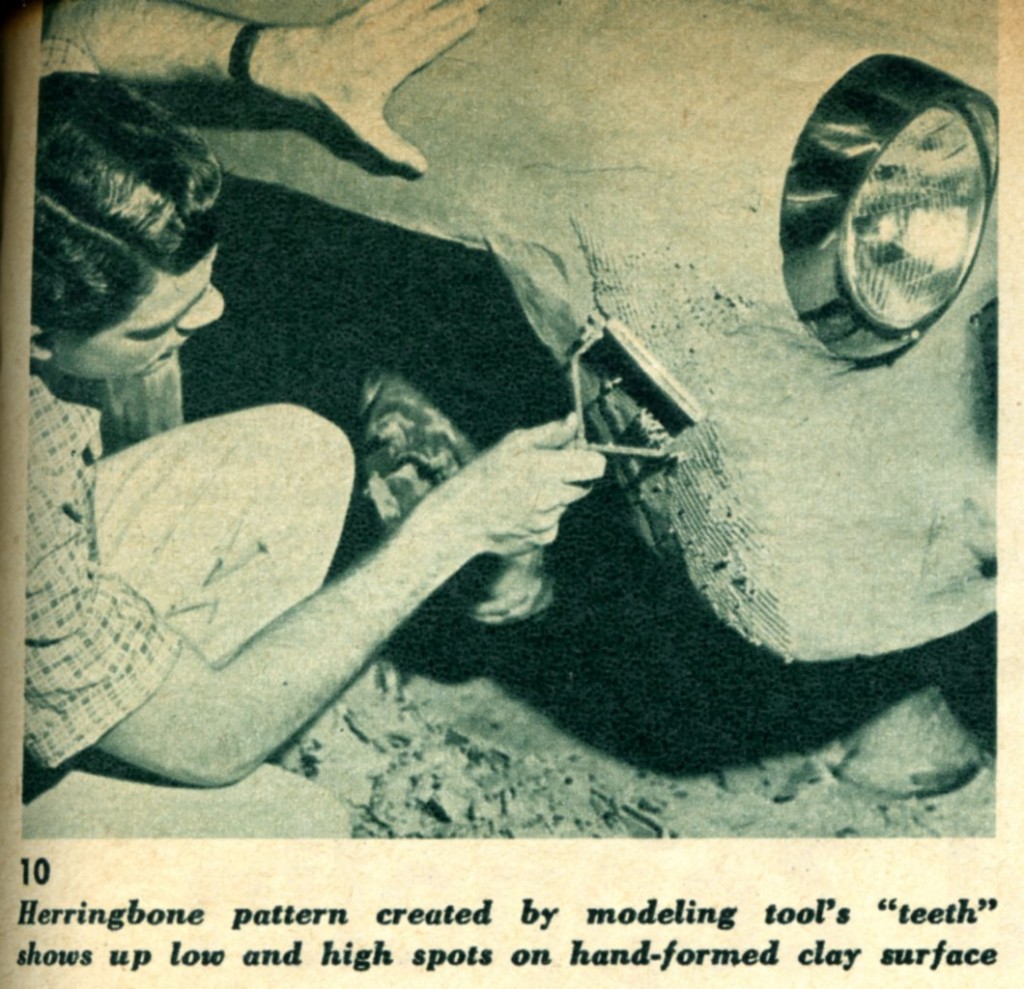
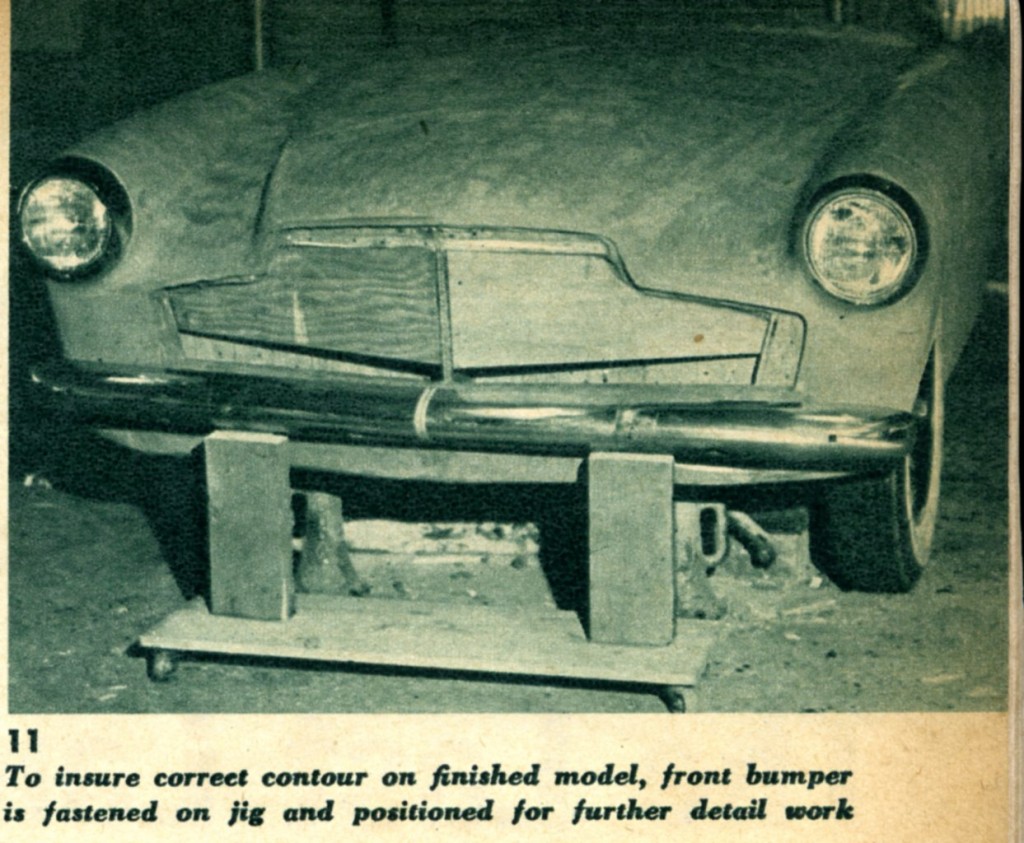
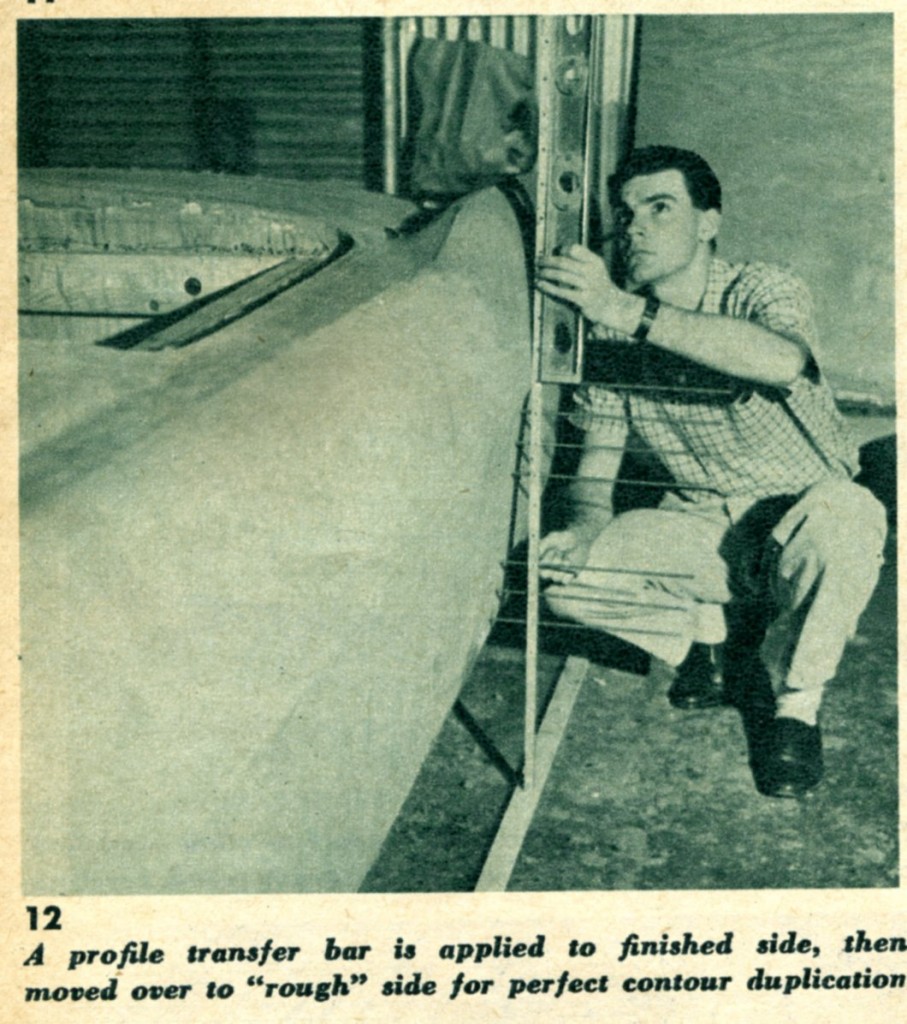
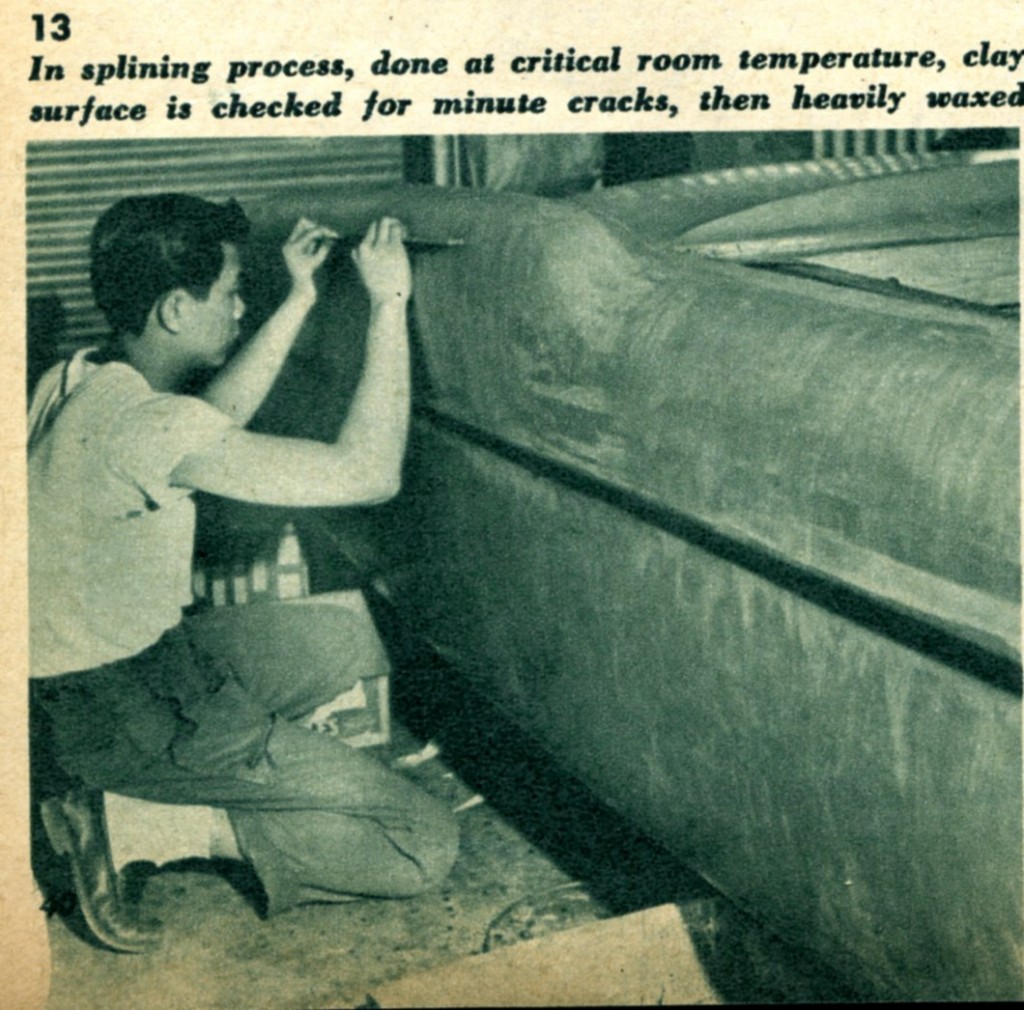
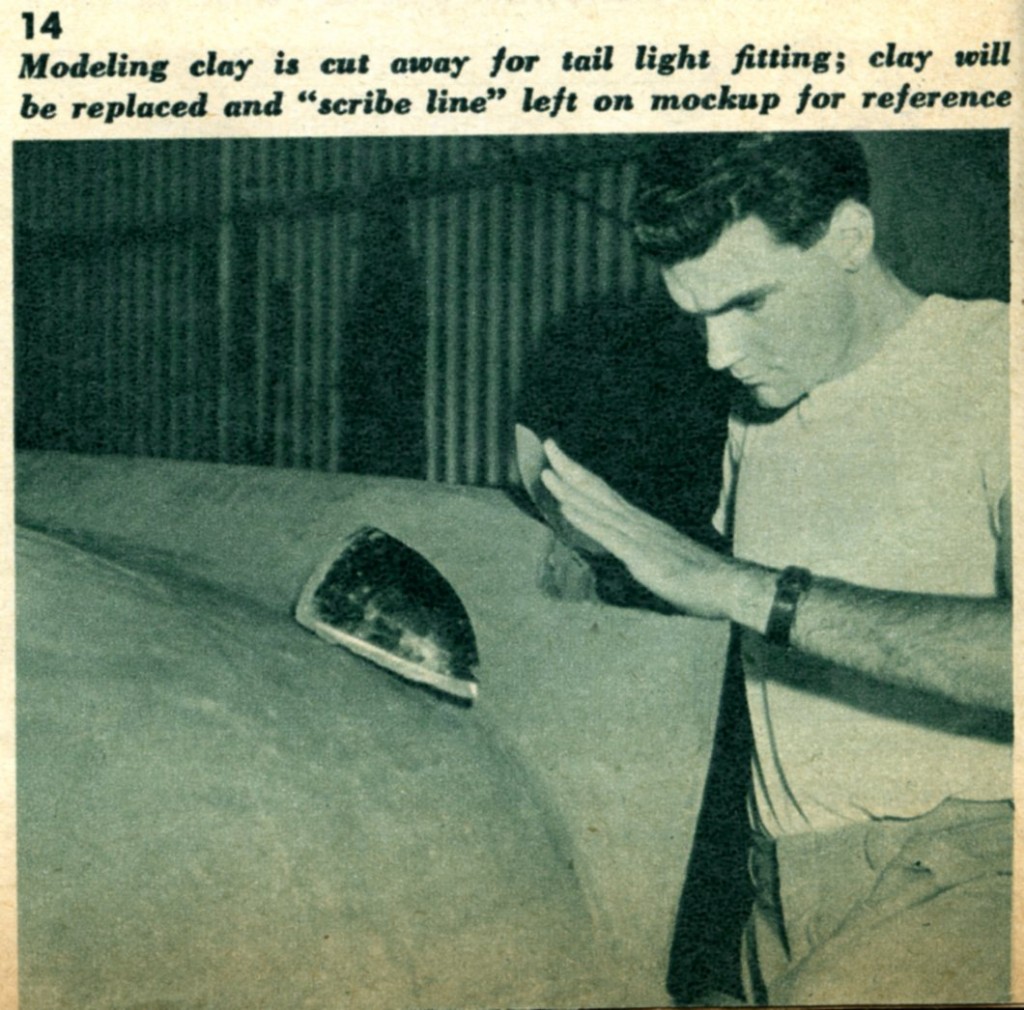
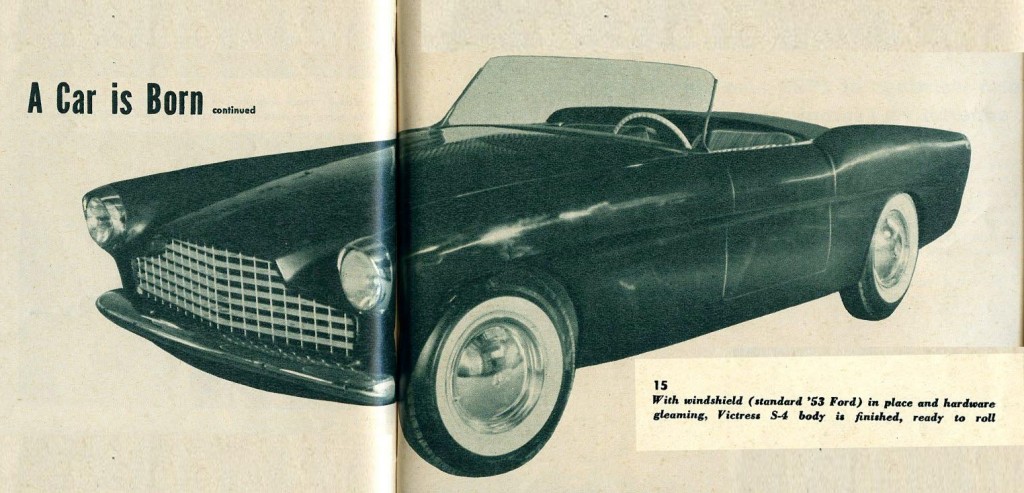
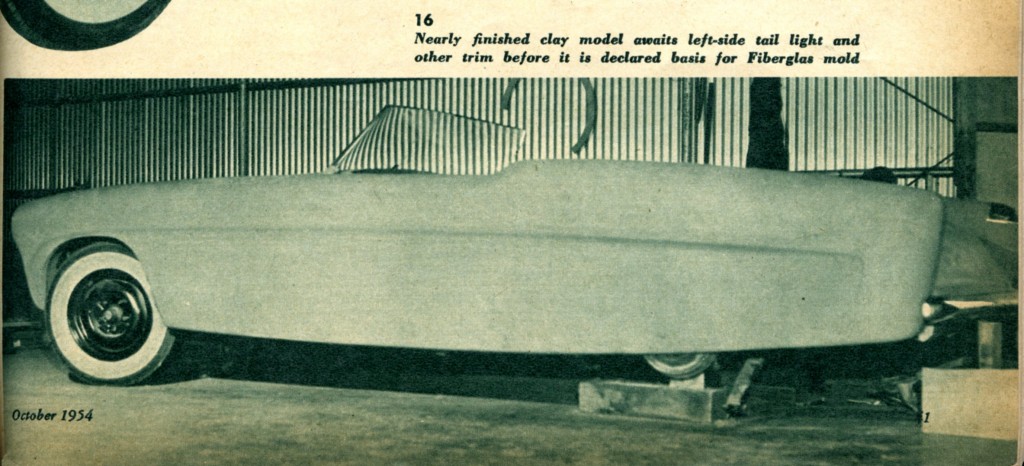

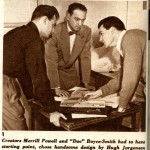
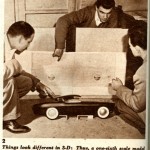
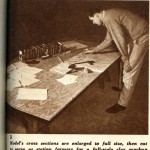
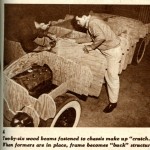
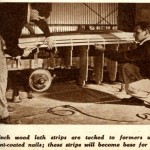
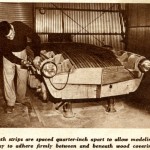
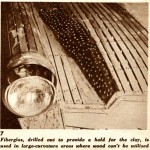
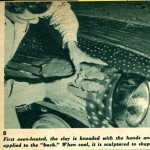
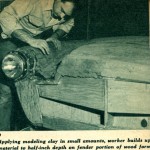
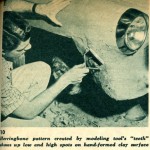
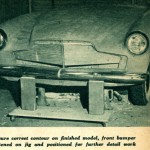
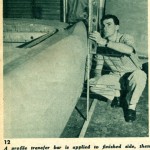
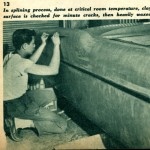
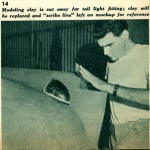

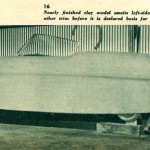
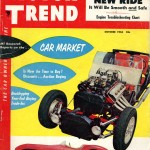
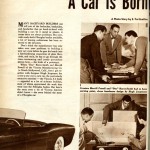
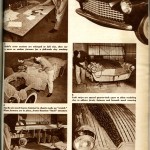
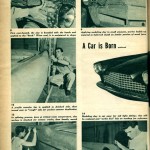
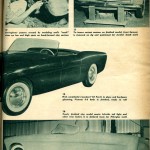
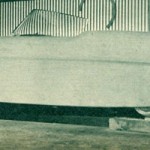
The body Hugh turned into a car does endure.
When I was young it had a removable hard top fitted. The license plate was nested in the trunk lid under a thermoformed section of plex.
( would not be allowed today)
Turning indicators were in the “ Star Trek” nacelle headrests. It sat in the apartment complex carport till 1965-66. Sold off and restored, later involved in a freeway wreck.
Driver walked away, the body crumpled and absorbed the impact but was toast.
My father felt to get it going before he sold it in his mind it needed a more modern chassis and suspension, discs and power steering. My mother tried to drive it once but refused to manage the manual steering after.
Great story, Geoff. Sixty-six years later, and it seems like yesterday! I’m happy to phenominate the masses with Victress stories any time you wish. I hope sometime soon someone will rescue that unbuilt Victress S-4 body from Fiberglass Farm, and create a rolling memorial to the good old days.
What wonderful talent these three great man had. Sometimes the whole is greater than it’s parts. Seems that Victress Produced truly great designs, the S1A a timeless sports car, the S4 way ahead of the T-Bird and the C3 Coupe looks like the father of the Ferrari 250 SWB. Plus the amount of information and tech details in both the story and the Comments seccion is priceless. Bravo all around. Michael.
PS. The sportscar on the cover called an X-Ray is one wild ride. Any more details on this car?
What a great find.Was Merrill holding out on us all this time ???
Mel
My heart goes out to you Rollie, modeling clay as you found out is not the same as automotive grade real clay that does not dry out nor is it terribly prone to cracking.
One of the fun things you brought up was making a plaster mold… well that is actually a very viable thing for a one off part maybe even two. But one of the great products that is available now days is a polymer reinforced gypsum that when mixed with water and fiberglass short strands is super strong and you can actually pull a number of parts from those molds when cured… Not cheap but less money than fiberglass molds and water clean up and no EPA issues… a fairly common practices at car companies who are doing prototype work and only want to produce one or two of a given body shape.
I have a couple of small molds that we made about 10 years ago using this product and they are still quite usable. Mind you we did not make many parts in them and were not doing production cycling of parts, which tends to use up molds… As you all know fiberglass is an exothermic cure product meaning that it generates its own heat internally for curing… this on heavy lay up parts is particularly hard on molds…
Now days we know that there is little advantage to making thick parts, less resin is better, and very “dry parts” tend to be stable and much stronger and of course you get a lighter body weight as well. Where as resin rich parts shrink and crack and warp and in general do bad things, not to mention they are un necessary additional weight your car is lugging around…
A most interesting story on how early fiberglass was actually done. The Byers SR-100 which I built back in the late 60’s also had a hard top which we made from a plaster mold that we pulled from a ’54 Corvette hard top. I don’t believe Chevrolet actually made the early Corvette tops, but they were available as dealer-installed or after market. Some custom fitting of our home made top was required to conform to the Byers body profile, but it looked and worked great.
The second part of the story did not have such a happy ending. My future wife to be had a ’59 MGA at the time. After successfully building the hardtop for the Byers (don’t forget we used an existing top for the plaster mold), I undertook to build a hard top for her MGA. Starting with thin metal rods welded together with coat hangers for welding rod, a skeleton frame was fabricated. Chicken wire was then attached to cover the frame. (This was the midwest, I was barely 18 years old, and it’s what we had to work with). Artist’s modeling clay was then applied and shaped with my future mother-in-law’s cheese slicer. It looked really good! That is until the clay dried out and cracked like the bottom of a pond after a severe drought. I tried everything to rescue the clay mold to no avail. It was a dismal failure and my wife’s mother never did forgive me for ruining her cheese slicer!
Probably the best part of doing a clay model is you can prime it, paint it, and wax it, to pull molds directly from the clay. The rub is you have this huge thing that looks like a car and is basically dumpster ballast when your molds are done. Of course if you have lots of space going to waste any way you can keep the clay model. I personally do not. Once the real car is done the clay model does not have much charm any more.
Love the article, particularly the pics showing the process of clay… Chevant J my personal favorite, non sulfurous clay is the best… It is also the hardest clay Chevant offers. If any one is interested I can offer some techniques for working the clay…
This was a well planned great design for the time it was done. It pre-dates the T-bird, would have made a good looking sports car for Studebaker and has an Aston Martin style grill that came many years later. The idea of not cutting out the rear wheel arches was very good, too. The body could be fitted to several wheel bases and look right.